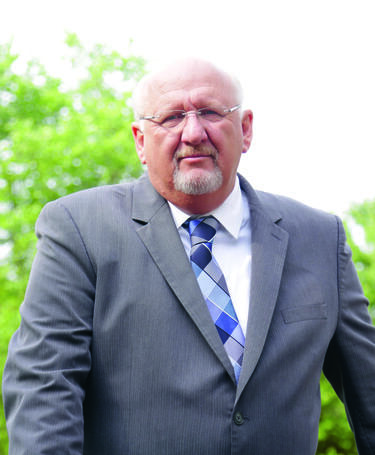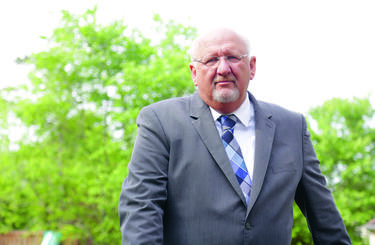
Fukushima Daiichi and Daini – a tale of two leadership styles
Progress indicator

Chuck Casto was the lead federal agent sent by the White House and Nuclear Regulatory Commission to help manage the Fukushima crisis. Four years later, he reflects on two very different leadership styles at the Daiichi and Daini plants.
The Daiichi nuclear power plant was in dire straits. The damage caused by the magnitude 9.0 earthquake, and following tsunami that had engulfed the city of Fukushima, was extensive.
The teams on the ground focused their efforts on venting the reactors. However, despite being ordered to stay, hundreds of panicked workers had fled in fear of radiation, the possibility of subsequent tremors or to help those affected by the tsunami.
Masao Yoshida was the manager of the Fukushima Daiichi nuclear power plant. He trusted his workers to handle the ever-growing issues at the plant.
Yoshida’s attention was drawn to communicating via video link with TEPCO (The Tokyo Electric Power Company Incorporated) and as a result he was sequestered to an emergency centre half-a-kilometer away from the disaster.
TEPCO serviced vast areas of Japan and controlled the power plants. The company notoriously exercised its influence to enhance the myth that Daiichi was infallible, outsourcing vendors and failing to change standards while stifling continuous improvement.
The emergency centre did not have windows and Yoshida seldom attended the pant. He was unable to organise his teams early on because he was focused on communications with Tokyo.
It was only when footage of the disaster was broadcast on televisions at the emergency centre that the staff saw the magnitude of the damage and reassessed their strategy. By then, much of the damage had been done.
Fukushima Daini
However, there was another nuclear plant affected by the Fukushima disaster that was also severely damaged but escaped Daiichi’s fate. The employees at Fukushima Daini managed to safely shut down all four of the plant’s reactors after disaster struck.
Although the damage to Daini was less extensive, the plant was still hanging on by a thread – there was very little electrical power. The team needed to harness the limited electricity they had to cool the systems and shut down the reactors, avoiding tragedy.
A strong sense of leadership from the site superintendent, Naohira Masuda, commanded and steered the 400 employees through the crisis.
His goal was to keep them motivated and, crucially, on the site until they had achieved ‘cold shutdown’. This proved difficult when the workers were in a perpetual sense of fear and the plant was gravely dilapidated.
Masuda delegated the video conferences with TEPCO to other leaders and focused on fixing the damage at Daini and Daiichi. His team was working 20-hour days and wanted to go home, conditions were dangerous and they were aware their circumstances were deteriorating.
Rather than giving a date at which the workers could leave, Masuda gave them a physical condition – reaching cold shutdown – whereby the reactors had to achieve a temperature of less than 100°C. As a result of this strategy, his team became more motivated and worked harder to achieve that goal.
Information was the key to mitigating anxiety. Masuda knew that if his team had a greater understanding of the threat posed by the earthquake and tsunami they would feel able to protect themselves.
He set up a whiteboard in his control room where he noted the magnitude of the aftershock and tsunami that followed, to show the natural disaster subsiding. He also posted guards to look out for tsunamis.
Each time a new crisis occurred, Masuda was determined to make sure those at the plant received new information to transform uncertainty into hope and convince them they were working towards an achievable goal, even when he felt doubt himself.
As a result of his actions, his team at Daini resolved each blow that came their way, protecting themselves and the public.
Chuck Casto was the lead federal agent sent by the White House to respond to the Fukushima nuclear crisis.
Read our full interview with Chuck Casto about the true causes behind the Fukushima nuclear disaster and what all organisations can learn from the event. Only in the June 2015 issue of Quality World.
Member only

This article is free to access for a limited time only. Only CQI and IRCA members receive access to all content.